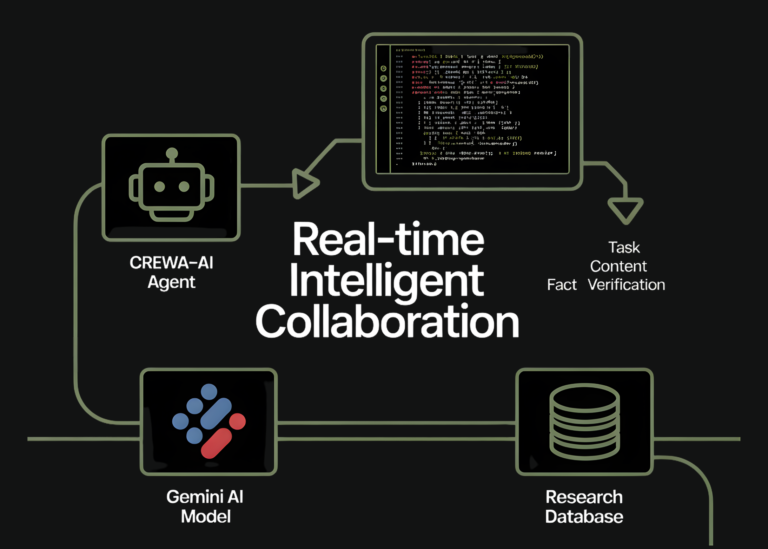AI Tools for Generating Synthetic Data for Testing: Revolutionizing the Future of Data Utilization
In the rapidly evolving landscape of software development and data science, the need for high-quality, diverse, and privacy-compliant data has never been more critical. Testing, in particular, demands datasets that reflect real-world scenarios while avoiding the pitfalls of limited availability, data sensitivity, and cost. Enter synthetic data—a cornerstone of modern testing strategies. Powered by artificial intelligence (AI), synthetic data generation is reshaping how organizations ensure reliability, security, and performance in their systems. This article explores the role of AI tools in creating synthetic data, their benefits, applications, challenges, and future potential.
What is Synthetic Data?
Synthetic data refers to artificially generated information that mirrors the statistical properties of real data. Unlike traditional data augmentation techniques, synthetic data is not derived from existing datasets but is crafted using algorithms to mimic real-world patterns. It is invaluable in scenarios where real-world data is scarce, expensive, or subject to strict privacy regulations. For instance, healthcare systems may lack sufficient patient records for edge cases, while financial institutions need to test fraud detection models without risking sensitive customer information.
The Role of AI in Generating Synthetic Data
AI-driven synthetic data generation leverages advanced machine learning models to create realistic datasets. Key technologies include:
-
Generative Adversarial Networks (GANs): These models consist of two neural networks—a generator and a discriminator—that compete to refine data outputs. The generator creates synthetic data, while the discriminator evaluates its authenticity. Over time, this rivalry produces data indistinguishable from real-world examples, ideal for images, text, and structured data.
-
Variational Autoencoders (VAEs): VAEs encode real data into a compressed representation and then decode it to generate new samples. They are effective for creating data while maintaining a balance between realism and diversity.
-
Diffusion Models: These iteratively refine noise into structured data, excelling in generating high-quality images and complex datasets.
- Rule-Based Systems: While less sophisticated, these tools use predefined rules to simulate data, often augmented by AI to enhance variability and realism.
AI tools analyze patterns in existing data, learn its distribution, and generate new samples that preserve key relationships and structures. This process enables the creation of datasets tailored to specific testing needs, such as simulating rare events or edge cases.
Benefits of AI-Generated Synthetic Data
- Privacy Preservation: Synthetic data eliminates the risk of exposing sensitive information, complying with regulations like GDPR and HIPAA.
- Scalability: Organizations can generate vast volumes of data, ideal for stress testing or scenarios where real data is insufficient.
- Cost-Effectiveness: Reduces reliance on expensive data acquisition or manual data creation.
- Control Over Scenarios: Testers can design datasets with specific characteristics, such as simulating uncommon faults or security breaches.
- Ethical Testing: Enables experimentation without harming real users, particularly in areas like healthcare or finance.
For example, autonomous vehicle companies use AI-generated synthetic data to simulate billions of driving scenarios, ensuring safety without relying on real-world testing.
Use Cases Across Industries
- Healthcare: Synthetic patient data allows researchers to test diagnostic tools or AI models without compromising confidentiality.
- Cybersecurity: Simulating attack patterns helps organizations refine their defenses without using real breach data.
- Finance: Banks leverage synthetic transaction data to train fraud detection systems and test compliance protocols.
- Retail: E-commerce platforms generate realistic user behavior data to evaluate recommendation engines or supply chain logistics.
- Software Development: Developers test applications under diverse conditions, such as high traffic or system failures, using synthetic user interactions.
Challenges and Limitations
Despite its advantages, AI-generated synthetic data is not without hurdles:
- Data Quality: Poorly trained models may produce unrealistic or biased data, leading to inaccurate test results.
- Model Bias: Synthetic data can inherit biases from the original dataset, skewing test outcomes.
- Regulatory Compliance: Ensuring synthetic data meets industry-specific standards requires rigorous validation.
- Computational Costs: Training complex models like GANs demands significant resources, though cloud-based solutions are mitigating this.
Validating synthetic data is critical. Techniques like statistical analysis, domain expert reviews, and cross-referencing with real data help ensure fidelity.
The Future of AI in Synthetic Data Generation
Emerging trends suggest a more integrated approach:
- Improved Realism: Advances in models like Large Language Models (LLMs) and diffusion networks are producing more nuanced synthetic data, including text, images, and even 3D environments.
- Automated Validation: AI tools are being developed to autonomously assess the quality and relevance of synthetic data.
- Cross-Domain Applications: Tools are expanding to handle multiple data types (e.g., combining text and sensor data for IoT testing).
- Ethical AI: Greater emphasis on auditing synthetic data for bias and ensuring anonymization.
As data privacy regulations tighten and test environments grow more complex, AI-generated synthetic data will become indispensable. Tools like TensorFlow Data Validation, PyTorch, and open-source platforms such as SDV (Synthetic Data Vault) are empowering teams to build custom solutions, while cloud providers offer managed services for seamless integration.
Conclusion
AI tools for synthetic data generation are transforming testing practices by addressing longstanding challenges in data availability, privacy, and diversity. While they cannot entirely replace real data, they provide a powerful complement, enabling organizations to build robust, secure, and efficient systems. As technology evolves, the ability to generate hyper-realistic, ethically sound synthetic data will continue to expand, paving the way for more innovative and reliable testing strategies across industries. Embracing these tools isn’t just a trend—it’s a necessity for staying ahead in a data-driven world.







